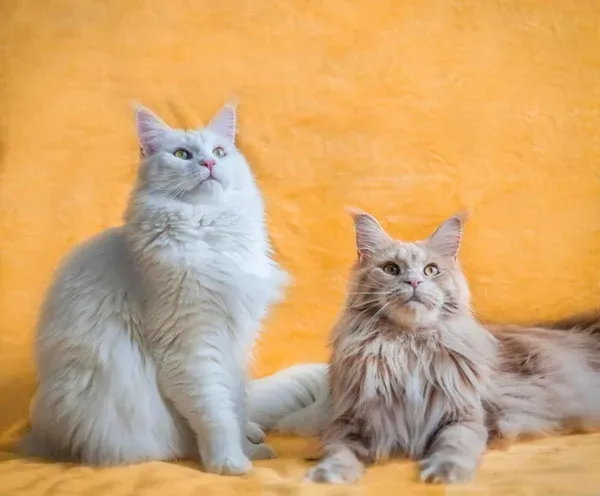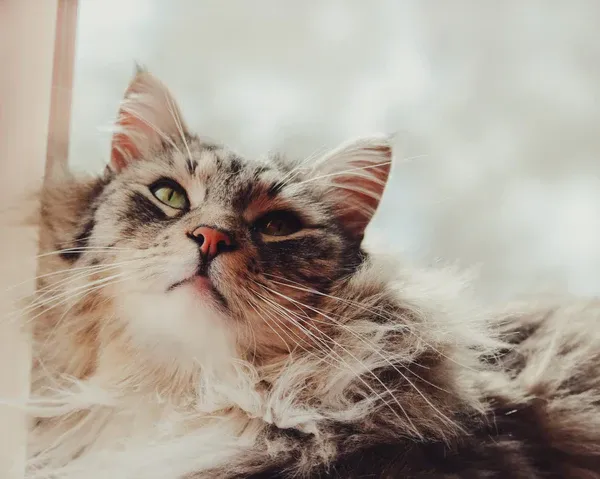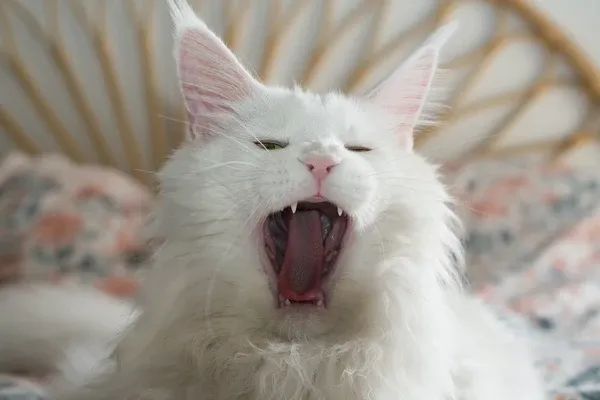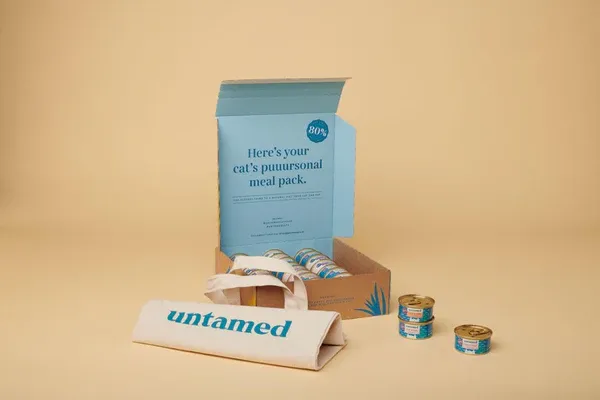Maine Coons are beloved for their majestic appearance and friendly personalities, making them a top choice for cat lovers. But do short-haired Maine Coons exist, and if so, are they purebred? This guide explores the truth about their coat types, development, grooming needs, and care tips to keep their fur healthy. Whether you’re considering adopting one or already own a fluffy feline, understanding these details ensures optimal care.
These gentle giants originated in harsh New England winters, where their thick coats provided essential protection. For more on popular breeds like the Maine Coon hypoallergenic, check our related guides.
Can Purebred Maine Coons Have Short Hair?
Purebred Maine Coons are defined by their medium to long coats, featuring a voluminous top layer, dense undercoat, and distinctive ruffs around the neck, fluffy tails, and ear tufts. Short-haired Maine Coons do exist, but they are not purebred—they result from crossbreeding with shorthair breeds like the British Shorthair.
The breed standard, upheld by organizations like The International Cat Association (TICA) and Cat Fanciers’ Association (CFA), requires medium-long fur for registration. Short coats appeared through mixes, diluting the signature fluffiness while retaining some traits like size and sociable nature. According to veterinary experts, this variation stems from selective breeding outside pure lines.
If your cat has a sleek short coat but lacks the large paws, bushy tail, or rectangular body, it’s likely a hybrid. Purebreds’ fur varies by body part—the mane and tail are longest, while the belly stays smoother.
When Does a Maine Coon Kitten Develop Its Full Coat?
Maine Coon kittens aren’t born with their iconic shaggy look. Ear tufts emerge around 2-3 months, ruffs thicken by 9 months, and full mane development can take up to 4 years. Young ones may appear “short-haired,” leading to confusion.
 Maine Coon kitten transitioning to fluffy adult coat with visible ear tufts
Maine Coon kitten transitioning to fluffy adult coat with visible ear tufts
A growth chart from TICA notes steady fur progression tied to overall maturation, peaking in adulthood. Monitor for other breed hallmarks: large frame (up to 25 pounds for males) and tufted paws. If absent, crossbreeding is probable.
Purebreds from reputable breeders show these traits early. Always verify pedigrees to avoid health issues common in mixes.
Key Characteristics of Maine Coon Fur
Purebred Maine Coons boast smooth, glossy fur resistant to water, ideal for their origins. Here’s a breakdown:
| Characteristic | Description |
|---|---|
| Length | Medium to long (varies by region: mane longest) |
| Texture | Thick, double-layered (top coat glossy, undercoat dense) |
| Colors | Black, white, brown, silver, blue, red |
| Patterns | Tabby, solid, tortoiseshell, smoke, ticked |
Shorthair mixes may mimic colors or patterns, especially if crossed with dense-coated breeds. For patterns like long haired black and white cat, purebreds excel in variety.
Veterinarians emphasize that coat health reflects overall wellness—dull fur signals nutrition gaps.
Essential Grooming for Maine Coons
Short-haired Maine Coons need less intensive grooming than purebreds, but all benefit from routine care to prevent matting and hairballs. Brush 3-4 times weekly, more in shedding seasons.
Brushing Basics
Start from the belly upward to detangle. Use slicker brushes with metal pins for long fur; softer bristle for shorts. Daily sessions during wet weather trap moisture, per ASPCA guidelines.
Bathing and Trimming
Bathe monthly with cat-specific shampoos—human products irritate skin. Trim long fur lightly around paws and sanitary areas to avoid mats. Shorthairs rarely need this.
 Grooming tools and techniques for maintaining Maine Coon coat health
Grooming tools and techniques for maintaining Maine Coon coat health
For winter comfort, consider best heated cat beds to reduce fur stress.
Preventing Hairballs and Supporting Coat Health Through Diet
Hairballs plague long-coated Maine Coons from grooming loose fur, causing digestive upset. Shorthairs face milder risks but still need prevention.
Hairball Management
Feed high-fiber diets and use hairball remedies. Wet food hydrates better than kibble, reducing ingestion issues.
Nutrition for Luscious Fur
A balanced diet with 40-50% animal protein, omega-3s from fish, and taurine promotes shine. Avoid grain-heavy dry foods, which promote obesity—Maine Coons gain weight easily, leading to dandruff.
 Nutritious meal supporting shiny Maine Coon fur in various lengths
Nutritious meal supporting shiny Maine Coon fur in various lengths
Veterinarians recommend vet-formulated wet foods over processed kibble for hydration and nutrient density. Obesity irritates skin; maintain ideal weight via portion control.
Explore small Persian cat care for similar grooming insights.
Long-Term Fur Care Tips
Beyond grooming, hydration and play prevent dull coats. Annual vet checks catch issues like allergies early.
High-quality protein sources like chicken, fish, and organ meats mirror natural diets, boosting coat vitality. Studies from the Journal of Feline Medicine show omega-rich foods reduce shedding by 30%.
 High-protein wet food benefits for Maine Coon coat maintenance
High-protein wet food benefits for Maine Coon coat maintenance
For fun facts, see our cutest cat breed in the world roundup—Maine Coons often top lists.
In summary, short-haired Maine Coons exist but aren’t purebred; true ones flaunt medium-long coats. Prioritize grooming, balanced nutrition, and vet advice for thriving fur. Consult your veterinarian for personalized plans, and explore more cat care tips on our site to keep your pet purring happily.
References
- The International Cat Association (TICA): Maine Coon Breed Standard
- Cat Fanciers’ Association (CFA): Coat Requirements
- ASPCA: Feline Grooming Guidelines
- Journal of Feline Medicine and Surgery: Nutrition and Coat Health Studies
